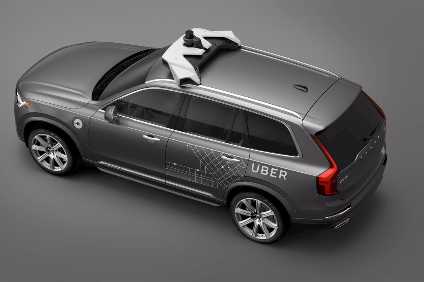Ride sharing providers Lyft and Uber are suffering at the hands of COVID-19. As people around the world are under government orders to stay at home, Lyft and Uber are facing a new unprecedented reality, which is having an effect on their financials. In Q1 2020, Lyft reported an increase in revenue of 23% from the same period of 2019. However, sales were down 6% from Q4 2019 and the company missed its revenue guidance target. In Q1 2020, Uber reported an increase in revenue of 14% from the same period of the previous year. However, sales were down by 13% from Q4 2019. In response to demand falls Uber’s announced two rounds of job cuts. Firstly in May it announced 3,700 full-time jobs were to go. This week it’s announced a further round of redundancies with an additional 3,000 roles at risk.
Uber’s latest round of job cuts finds the firm caught between cost cutting and continued innovation. Uber pioneered the ride-sharing industry and does not want to become just another company competing in a saturated landscape.
Uber does not need to end its cost-cutting approach. It just needs to ensure that it is selective in what is being cut.
COVID-19 has had a devastating impact on Uber. GlobalData has given the company a rating of just a one out of five for the expected impact that the outbreak will have on the company, suggesting it will negatively affect its business. As a result, Uber’s ranking in GlobalData’s latest ecommerce thematic scorecard has fallen six places, from 8th to 14th – however it is still above competitors Lyft and Didi.
Some of the latest round of job cuts are occurring in Uber’s Advanced Technologies Group (ATG), the area of the business that handles research and development (R&D) activities for its autonomous vehicles. With a long-term strategy focused on R&D, Uber’s position as the world’s largest (and best-known) ride-sharing platform puts it in a unique position to take advantage of economies of scale and develop driverless technologies and machine learning algorithms for its platform. Uber is very aware that it will not reach its desired levels of profitability through subsidized cab rides, making innovation even more important.
Yet, innovation at a time like this seems like a luxury few can afford. Outside of the logistics of continuing R&D projects in a locked-down economy, the trade-off is stark: either risk losing the whole business by pursuing cost-intensive projects or sideline them until survival is guaranteed. Uber does not need to end its cost-cutting approach. It just needs to ensure that it is selective in what is being cut.

US Tariffs are shifting - will you react or anticipate?
Don’t let policy changes catch you off guard. Stay proactive with real-time data and expert analysis.
By GlobalData



